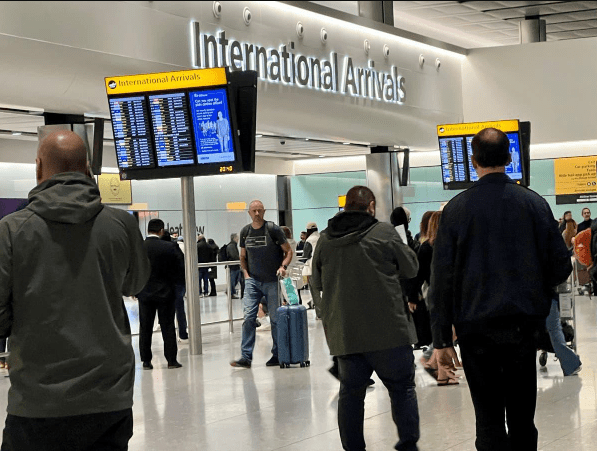Heathrow Airport to Undergo £10 Billion Transformation in Game-Changing Investment Drive
Heathrow is set for its most ambitious overhaul in more than a decade, with a sweeping five-year plan backed entirely by private funding.
Heathrow Airport is preparing for a radical transformation, as it rolls out a £10 billion investment programme aimed at reimagining how passengers travel through one of the world’s busiest aviation hubs.
For more details on how this upgrade will improve efficiency and speed across the terminals, visit Heathrow Airport £10bn upgrade to add speed & capacity.
At the heart of this long-term strategy is a sharp focus on modernisation, operational strength, and future growth. According to Heathrow, this marks the single biggest infrastructure investment at the airport in over ten years.
“We’re making good progress on our strategy to become an extraordinary airport, having become Europe’s most punctual major airport so far this year. But our customers want us to improve our international rankings further, as do we,” said Heathrow CEO Thomas Woldbye.
The plan, which was shaped through feedback from more than two million passengers and developed in collaboration with several airline partners, promises major changes across the airport’s footprint.
Terminals are expected to undergo a dramatic redesign, with new spaces added equivalent to 10 football pitches. That’s not just a facelift—it’s a complete rethink of the passenger experience.
New lounges, shops, and dining venues are in the pipeline, as Heathrow aims to bring comfort and convenience under one roof.
Performance targets are equally ambitious:
- Near-perfect baggage handling
- Dramatic cuts in security wait times
- More reliable departure schedules
- Stronger support for those requiring additional services
But it’s not just about the travellers. Once complete, the changes will allow Heathrow to handle over 10 million additional passengers annually—a 12% jump. Cargo operations will also be boosted, with freight capacity set to rise by 20%.
Structural changes are also on the horizon. The long-unused Terminal 1 is finally set to be demolished, making way for an expanded Terminal 2. A new southern road tunnel is planned to improve access across the site, subject to planning permission now being sought.
Crucially, all of this will be powered by private funding, entirely. Heathrow’s shareholders are contributing £2 billion in equity, allowing the airport to deliver the plan without passing the cost onto passengers. In fact, the airport charge has already dropped 23% over the last decade.
“To compete with global hubs, we must invest. Our five-year plan boosts operational resilience, delivers the better service passengers expect and unlocks the growth capacity airlines want with stretching efficiency targets and a like-for-like lower airport charge than a decade ago,” added Woldbye.
Beyond bricks and mortar, there’s a strong green agenda at play. The airport is pledging to cut 3 million tonnes of carbon—equivalent to 15% of its 2024 footprint.
There’s also a pledge to insulate thousands of nearby homes and schools from noise, as part of a broader push toward environmental responsibility.
Sustainability measures also include:
- A 10% reduction in waste
- A 20% boost in recycling rates
- 100% renewable electricity across the airport
“With Heathrow’s UK-based supply chain, this private investment will create jobs and drive national growth during this Parliament. We are ready to deliver the more efficient, sustainable Heathrow that will keep Britain connected to the world,” Woldbye said.
The Civil Aviation Authority is expected to review the plan in the coming weeks, a critical next step before any spades hit the ground.
With global competition fiercer than ever, this bold new chapter for Heathrow could very well define the next era of British aviation. Time will tell—but Heathrow is clearly betting on a future of smarter, cleaner, and more connected travel.






